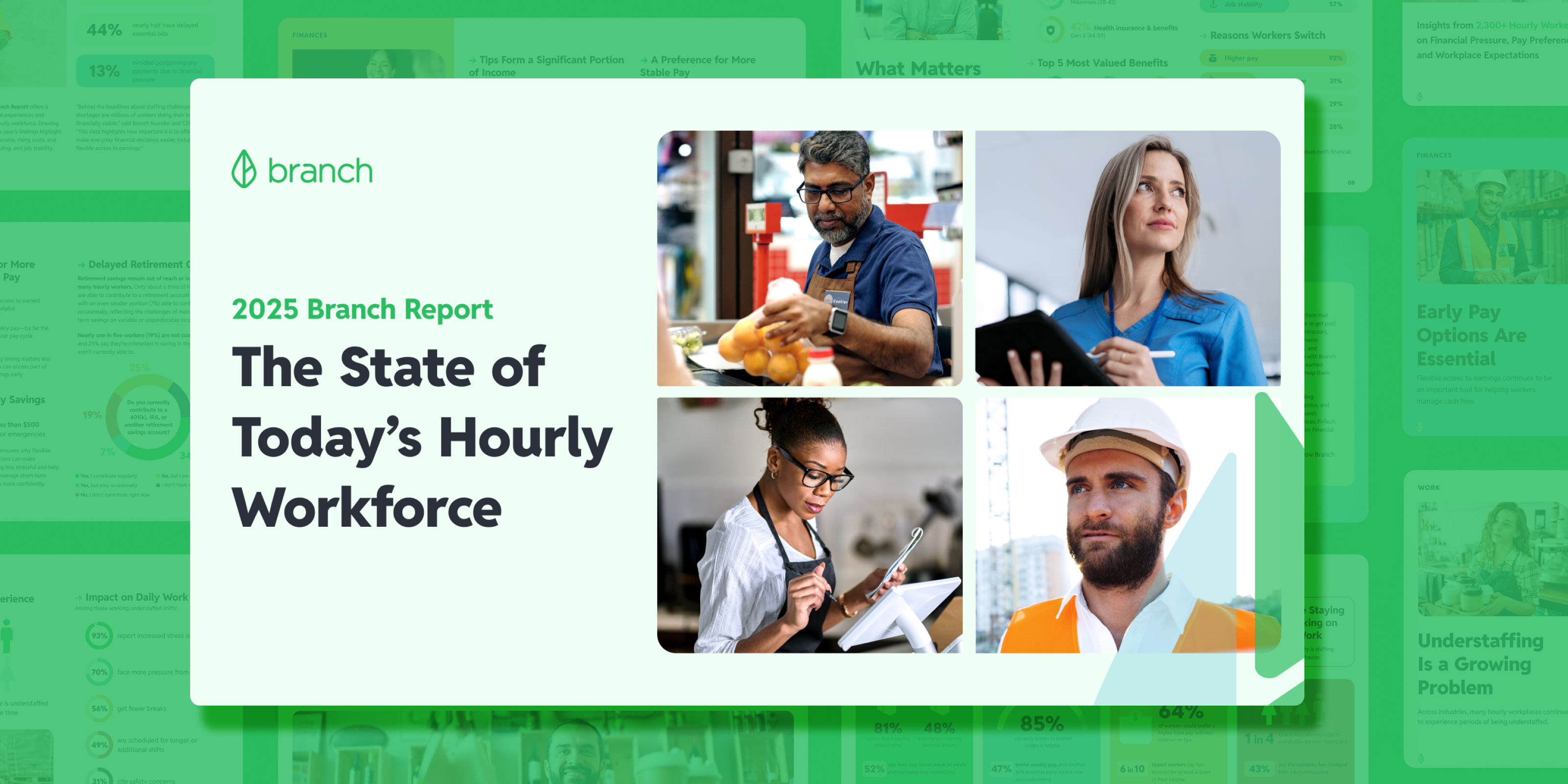
What's the Best Way To Pay Independent Contractors?
Key Takeaway
Real-time payment platforms offer the best solution for paying independent contractors, combining speed, security, and compliance. In our tests, we found that 80% of workers prefer instant payment methods over traditional options like ACH or cash.
Quick Navigation
- 4 Payment Methods Compared
- Why Cash Isn't Recommended
- ACH Transfer Pros and Cons
- Real-Time Payment Benefits
- P2P App Considerations
- Frequently Asked Questions
Key Terms
Paying independent contractors, also known as 1099 or gig workers, can be a challenge for some companies. Specific tax rules and classification guidelines must be followed. Plus, keeping independent contractors loyal requires offering them fast, flexible payments that match the speed and agility of gig work they sought in the first place.
In order to make 1099 contractor payments as seamless as possible, companies need to find a payment method fits their business and workers, as well as complies with tax regulations. We walk through the pros and cons of various methods to help you choose the best option for your business.
What Are the 4 Main Ways to Pay Independent Contractors?
Businesses have four primary options for paying 1099 workers: cash, ACH transfers, real-time payments, and P2P apps. Each method has distinct advantages and drawbacks for both employers and contractors.
1. Cash Payments: Why This Method Isn't Recommended
Some companies continue to pay their independent contractors in cash. But is it legal and recommended to do so?
In our post on the topic, we explain why it's not advisable, although it's not illegal. Here are the reasons we wouldn't recommend it:
Disadvantages of Cash Payments
- Lack of built-in audit trail. It can cost you time and money further down the road.
- Contractors prefer cashless methods. 80% of workers would choose one gig platform over another if it meant hassle-free payments.
- Complicates proof of income. Cash creates problems for contractors who need to generate their own invoices.
- Increased time and risk. Getting and handling cash creates additional challenges.
Cash payments might seem like a good way to cut a few corners, but it's actually neither the simplest nor the wisest option.
2. How Do ACH Transfers Work for Contractor Payments?
ACH is electronic, bank-to-bank money transfers processed through the Automated Clearing House Network. This is the system used for direct deposit.
ACH transfers are curremtly the most common form of payment businesses for all workers, including contractors. Over 90% of U.S. residents get paid through direct deposit.
ACH Advantages
- Widely accepted and familiar to most workers
- Can set up one-time or recurring transfers
- Works for both 1099 contractors and W-2 employees
ACH Disadvantages
- Takes up to 3 business days, so it doesn't meet fast payment goals.
- Transaction fees are often charged to company or worker.
- Spending limits may complicate payroll process.
3. Why Are Real-Time Payments the Best Option?
Platforms like Branch that provide instant payments check all of the boxes when it comes to speed, security, and compliance. Branch can be used for both W-2 and 1099 workers, which centralizes payroll. All worker payments can be immediately tracked and recorded.
Workers receive a free digital wallet and Branch debit card that can be used wherever Mastercard is accepted. It's a personal, easy-to-use system that makes it easy for contractors to keep track of their earnings.
Real-Time Payment Benefits
- Instant payments: Workers receive money within seconds
- Reduced admin workload: Automated tracking and recording
- Free for all users: No fees for businesses or contractors
- Flexible payment options: Pay per project, mile, or hour
With real-time payments, gig workers can receive their hard-earned money in seconds. Branch significantly reduces the administrative workload, keeps 1099 workers happy, and provides a simple solution to a complex problem for free. You can get started today.
4. What Should You Know About P2P Apps for Contractor Payments?
The pandemic boosted the use of peer-to-peer payment apps such as PayPal, Cash App, and Venmo to pay workers as people avoided any physical contact. P2P apps are popular because they simplify money transfers and usually only requiring a name, email, or phone number to send or receive funds instantly.
P2P App Advantages
- Instant transfers with minimal information required
- Widely adopted and familiar to users
- Easy setup and user-friendly interfaces
P2P App Disadvantages
- Higher risk of paying the wrong person and no easy refund system.
- Security vulnerabilities and higher risk of fraud and scams.
- New IRS rules require a form 1099-K to be filed for all payments over $600.
- Transaction fees may discourage contractors.
Our recent Gig Payments Report found that only 43% of workers were aware of new IRS rules for P2P payments, and 57% felt they needed more research before using these platforms for business payments.
Frequently Asked Questions About Contractor Payments
Can I pay independent contractors with cash?
Technically you can pay gig workers in cash, however, it's not recommended. Contractors generally prefer cashless payments so they have proof of income. Cash payments can also make the IRS suspicious, and they require a full audit trail.
How much can you pay an independent contractor without a 1099 form?
A 1099-NEC form is only required for payments over $600. The contractor will complete the form to report their earnings to the IRS.
How many hours can an independent contractor work?
If someone is self-employed, there is no limit to the number of hours they work, though most contractors work around 35-40 hours per week. No week will be the same: gig workers often work flexible hours and determine their own limits.
What are the ways I can pay an independent contractor?
There are several options for paying independent contractors, including P2P apps like Paypal or Venmo, direct deposit via ACH, or cash. However, the fastest, most secure option is an instant pay platform like Branch, which automates payroll and makes payments easy to track—at no cost to you or your gig workforce.
How to Choose the Best Payment Method for Your 1099 Workforce
Overall, you want a payment method that allows you to pay workers securely, quickly, and accurately. Branch offers a solution that meets these criteria, without any fees.
It's time to modernize how you pay contractors. Worker retention is now a priority, so fast, flexible payments are a must for businesses hiring 1099 workers. It's definitely worth the time and effort to find the best option for your business and your gig workers.
Continue reading
Unlock a Happier, More Productive Workforce







